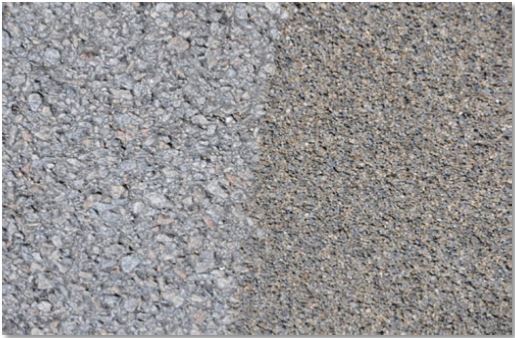
Grooved pavement along a highway
Traffic calming originated in Europe over 35 years ago; however, it is still relatively new to many areas of Wisconsin and the United States. Traffic-calming measures are intended to calm (or slow) traffic. They're used primarily as a safety measure on low volume, low speed roadways and generally are not applicable to the State Trunk Highway system.
Traffic calming can involve physical "changes" to the roadway that slow traffic down. Some examples:
- Speed humps
- Pedestrian crosswalks
- Textured roadway surfaces
- One-way streets
- Stop signs
- Signal phasing
- Street closures
- Lane striping
- Vegetation plantings
Many cities and towns require 80-90% of the community to endorse the traffic calming measure before they are put in. Speed humps are popular but require coordination with emergency response providers to minimize their effect on emergency response times. Maintenance crews must know their location and specifications on how to maintain them - especially where snow removal is a factor.
The
Federal Highway Administration (FHWA) is currently looking into traffic calming on higher-level roadways; for example, their potential use in rural America, where major highways go through small-town main streets.